Terri K. Hathaway
Marine Education Specialist
North Carolina Sea Grant
http://www.ncseagrant.org/
Sally Thomas: Looks like a lot of various whelks that are not very old. Banded Tulip is on right end and probably a true tulip is on the left end of that identified photo. Look up channeled whelk for #12 - 13 photos. Lightning has a left opening with the rest opeing on the right for a general sort. I'd really have to pick them up to get any closer to a positive id.
These are some of the larger Gastropods I've picked up and collected at the beach. I haven't found too many of these shells whole or the majority of the shell intact -usually I see a lot of these shells on the beach but they've been busted into pieces. Large pieces litter the shoreline. However, even damaged I normally have kept most of the shells, if most of it is intact, enough to identify the shell.
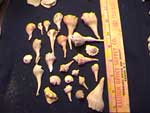
Click for 320px image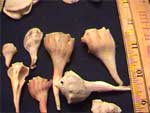
Click for 320px image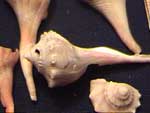
Click for 320px image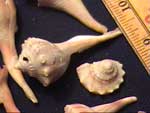
Click for 320px image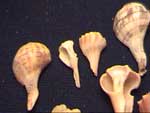
Click for 320px image (far right looks like a banded tulip, Fasciolaria lilium hunteria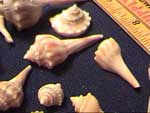
Click for 320px image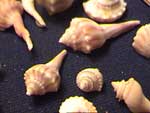
Click for 320px image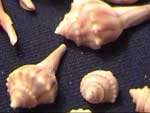
Click for 320px image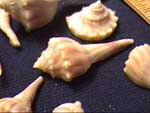
Click for 320px image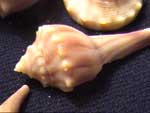
Click for 320px image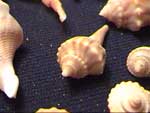
Click for 320px image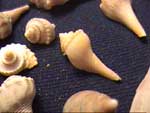
Click for 320px image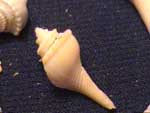
Click for 320px image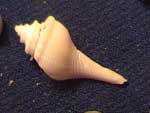
Click for 320px image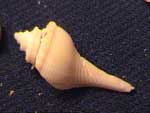
Click for 320px image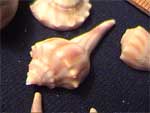
Click for 320px image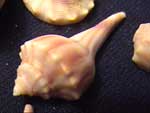
Click for 320px image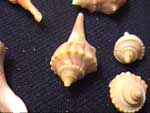
Click for 320px image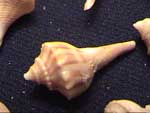
Click for 320px image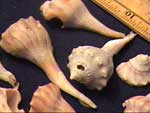
Click for 320px image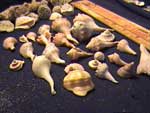
Click for 320px image
The gastropods, gasteropods, or univalves, are the largest and most successful class of mollusks, with 60,000-75,000 extant species known, comprising the snails and slugs as well as a vast number of marine and freshwater species.
Snails are distinguished by torsion, a process where the body coils to one side during development.
They typically have a well-defined head with two or four sensory tentacles, and a ventral foot, which gives them their name (Greek gaster, stomach, and poda, feet). The eyes that may be present at the tip of the tentacles range from simple ocelli that cannot project an image (simply distinguishing light and dark), to more complex pit and even lens eyes [1].
Most members have a shell, which is in one piece and typically coiled or spiralled that usually opens on the right hand side (as viewed with the shell apex pointing upward). Several species have an operculum that operates as a trapdoor to close the shell. This is usually made of a horny material, but in some molluscs it is calcareous. In some members, the slugs, the shell is reduced or absent, and the body is streamlined so its torsion is relatively inconspicuous.
While the best-known gastropods are terrestrial, more than two thirds of all species live in a marine environment. Marine gastropods include herbivores, detritus feeders, carnivores and a few ciliary feeders, in which the radula is reduced or absent. The radula is usually adapted to the food that a species eats. The simplest gastropods are the limpets and abalones, both herbivores that use their hard radulas to rasp at seaweeds on rocks. Many marine gastropods are burrowers and have siphons or tubes that extend from the mantle and sometimes the shell. These act as snorkels, enabling the animal to continue to draw in a water current containing oxygen and food into their bodies. The siphons are also used to detect prey from a distance. These gastropods breathe with gills, but some freshwater species and almost all terrestric species have developed lungs. While the gastropods with lungs all belong to one group (Pulmonata), the gastropods with gills are paraphyletic.
... more on Gastropods at Wikipedia



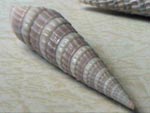

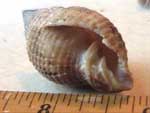





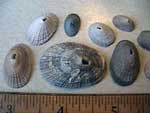

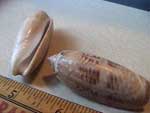
No comments:
Post a Comment